Rising Awareness of Health Risks
The growing awareness of health risks associated with birds is a crucial driver for the Bird Repellent Market. Birds can carry various diseases that pose threats to human health, prompting individuals and organizations to seek effective repellent solutions. The Centers for Disease Control and Prevention has highlighted the potential health hazards linked to bird droppings, including histoplasmosis and cryptococcosis. As public health concerns rise, the demand for bird repellents is likely to increase, particularly in urban settings where human-bird interactions are frequent. This heightened awareness is driving both residential and commercial sectors to invest in bird control measures, thereby expanding the Bird Repellent Market. Furthermore, educational campaigns aimed at informing the public about the risks associated with birds may further stimulate market growth, as consumers become more inclined to purchase preventive solutions.
Increasing Agricultural Activities
The rise in agricultural activities is a notable driver for the Bird Repellent Market. As farmers seek to protect their crops from avian pests, the demand for effective bird repellents has surged. In recent years, agricultural production has expanded, with a reported increase of approximately 3.5% annually in crop yields. This growth necessitates the implementation of bird control measures to safeguard investments and ensure food security. The Bird Repellent Market is likely to benefit from this trend, as farmers increasingly adopt innovative solutions to mitigate bird-related damage. Furthermore, the integration of eco-friendly repellents aligns with sustainable farming practices, further propelling market growth. As agricultural stakeholders become more aware of the economic implications of bird infestations, the demand for specialized bird repellent products is expected to rise, indicating a robust market potential.
Regulatory Support for Wildlife Management
Regulatory frameworks supporting wildlife management are emerging as a vital driver for the Bird Repellent Market. Governments are increasingly recognizing the need to balance ecological conservation with urban development, leading to policies that promote effective bird control measures. These regulations often encourage the use of non-lethal bird repellents, fostering a market environment conducive to growth. Recent legislative initiatives have aimed at reducing bird-related nuisances while ensuring compliance with environmental standards. As a result, businesses operating within the Bird Repellent Market are likely to benefit from favorable regulatory conditions that facilitate product development and market entry. This supportive landscape may also encourage collaboration between manufacturers and regulatory bodies, leading to the creation of innovative solutions that address both consumer needs and environmental concerns.
Urban Development and Infrastructure Growth
Urbanization is a significant factor influencing the Bird Repellent Market. As cities expand and infrastructure develops, the interaction between humans and birds becomes more pronounced. Urban areas often attract various bird species, leading to challenges such as property damage and health risks. The construction of new buildings and public spaces creates environments where birds can thrive, necessitating effective repellent solutions. Reports indicate that urban areas are experiencing a population growth rate of around 1.2% annually, which correlates with increased demand for bird control products. Consequently, the Bird Repellent Market is poised to grow as urban planners and property developers recognize the importance of integrating bird management strategies into their projects. This trend suggests a proactive approach to urban wildlife management, potentially leading to innovative product development and increased market opportunities.
Technological Innovations in Repellent Solutions
Technological advancements are reshaping the Bird Repellent Market, introducing innovative solutions that enhance effectiveness and user experience. Recent developments in ultrasonic and visual deterrent technologies have shown promise in repelling birds without causing harm. These innovations cater to a growing consumer preference for humane and environmentally friendly options. Market data suggests that the adoption of such technologies is increasing, with a projected growth rate of 5% annually in the segment of electronic bird repellents. As manufacturers invest in research and development, the Bird Repellent Market is likely to witness a surge in product offerings that leverage cutting-edge technology. This trend not only addresses consumer demands for efficiency but also aligns with broader sustainability goals, potentially attracting a wider customer base and fostering market expansion.


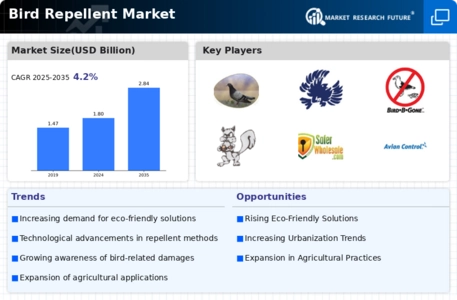
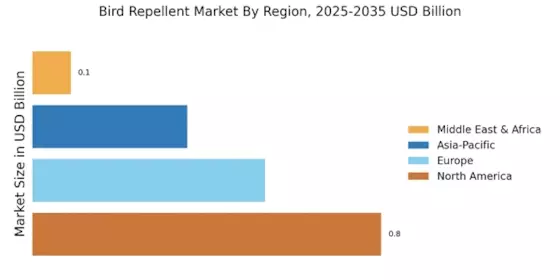
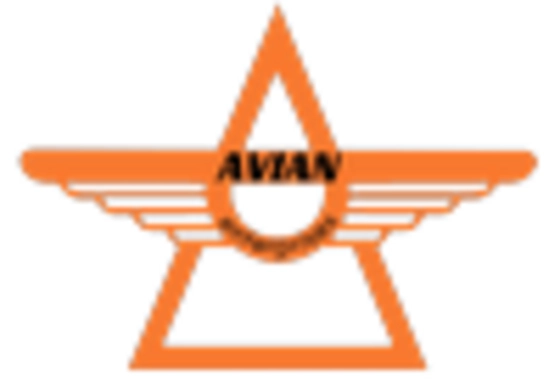
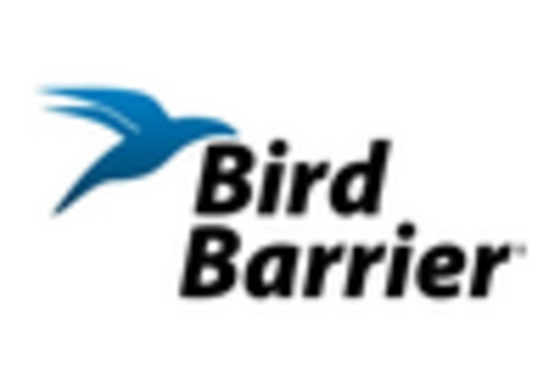

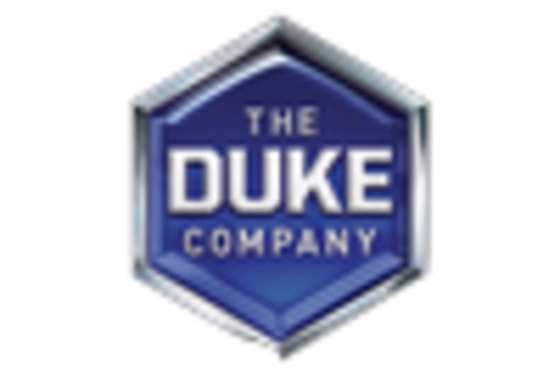
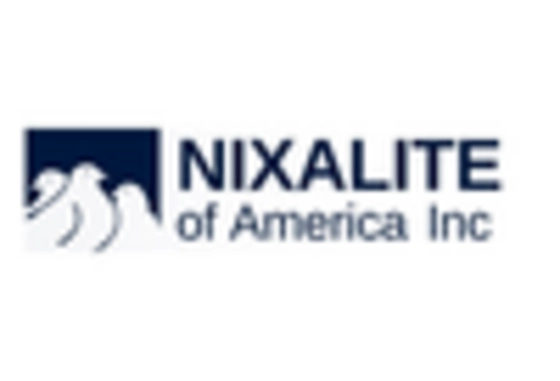
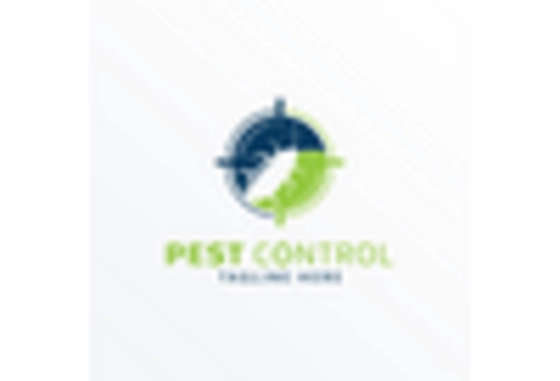








Leave a Comment